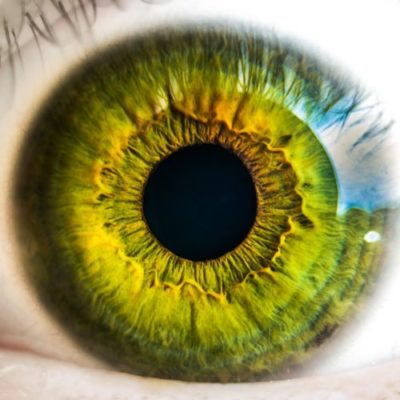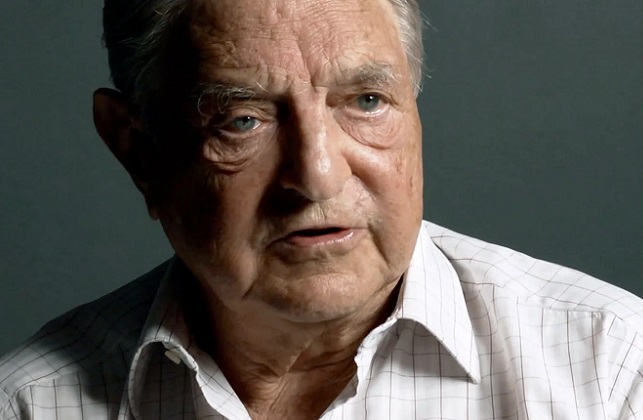Scientists at Tel Aviv University and Linköping University in Sweden have developed a tiny photoactive film that converts light impulses into electrical signals. These signals stimulate neurons (nerve cells) in the eye.
The team used cheap and widely-available organic crystal-containing pigment – commonly used in cosmetics and tattooing ink – in the middle and a tiny metal ring around it. It acts without any external connectors, and the nerve cells are activated without a delay.
The microscopic doughnut shape retina may be surgically implanted into the eye in cases when person’s sight been lost because light-sensitive cells were degraded and fail to convert light into electric pulses.
Will you offer us a hand? Every gift, regardless of size, fuels our future.
Your critical contribution enables us to maintain our independence from shareholders or wealthy owners, allowing us to keep up reporting without bias. It means we can continue to make Jewish Business News available to everyone.
You can support us for as little as $1 via PayPal at office@jewishbusinessnews.com.
Thank you.
The artificial retina consists several thin layers of cells, light-sensitive neurons, similar to an individual pixel in a digital camera sensor.
Each pixel is about 100 times thinner than a single cell and has a diameter smaller than the diameter of a human hair.
The retina converts incident light to electric signals, while other cells process the nerve impulses and transmit them onwards along the optic nerve to an area of the brain known as the “visual cortex”.
The research group, led by Eric Glowacki , principal investigator at Linköping University, has chosen to focus on a particularly pressing application, artificial retinas that may in the future restore sight to blind people.
Experiments in vision restoration were carried out by the group of Yael Hanein at Tel Aviv University in Israel.
“We have optimised the photoactive film for near-infrared light, since biological tissues, such as bone, blood and skin, are most transparent at these wavelengths. This raises the possibility of other applications in humans in the future,” says Eric Glowacki.
“The response time must be short if we are to gain control of the stimulation of nerve cells,” says David Rand, postdoctoral researcher at Tel Aviv University. “Here, the nerve cells are activated directly. We have shown that our device can be used to stimulate not only neurons in the brain but also neurons in non-functioning retinas.”




